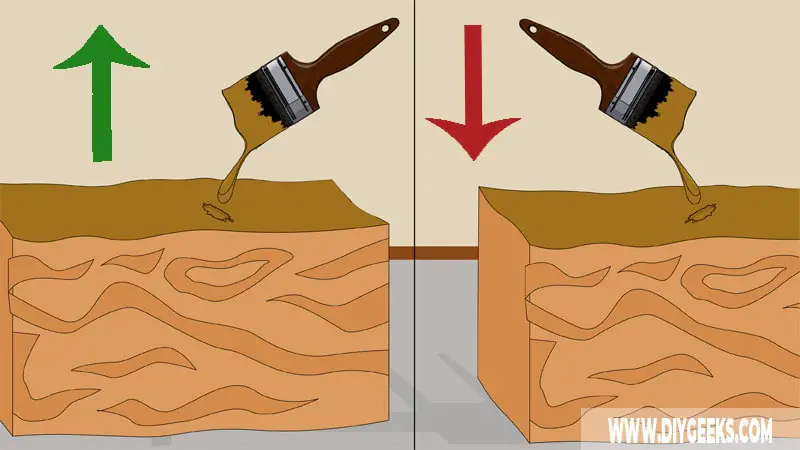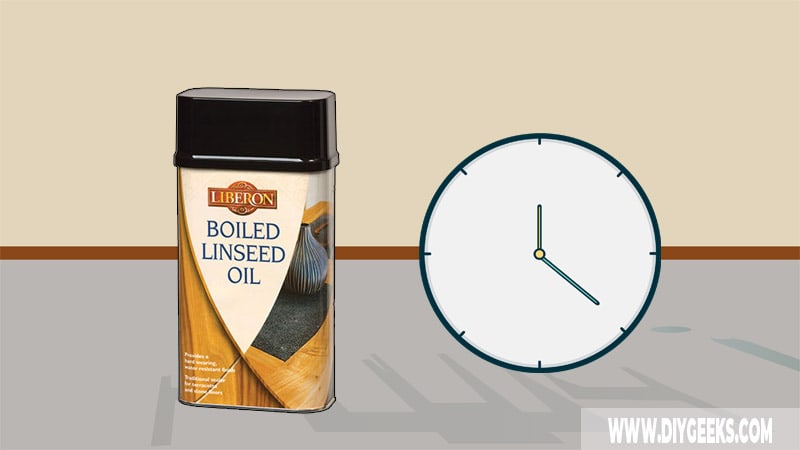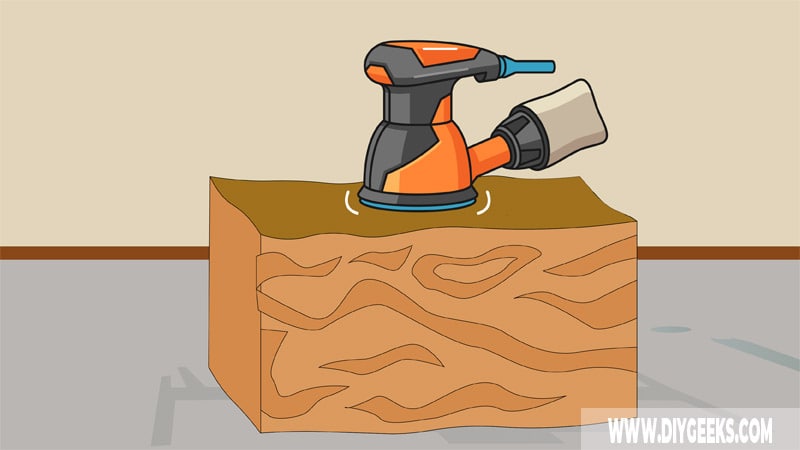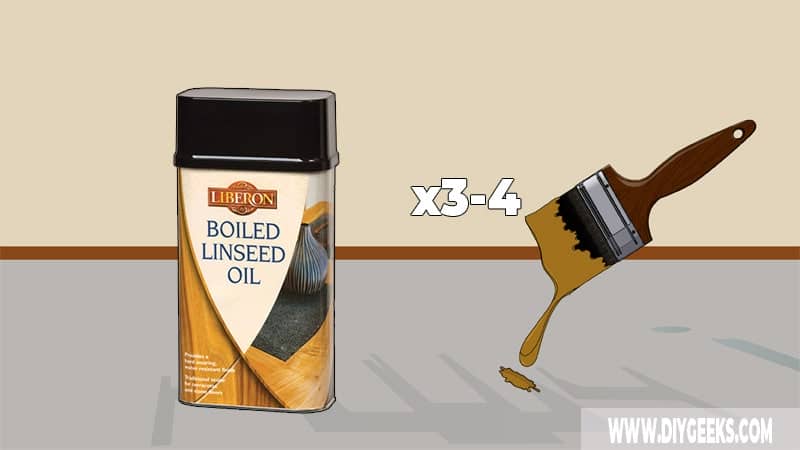Boiled Linseed oil is a natural oil formulated with fast-drying agents that is used to protect and enhance the wood’s appearance.
You need between 2-4 Boiled Linseed oil coats for proper coverage, durability, and protection. The minimum number of Linseed oil coats is two (2), while the maximum is four (4).
To know if you need another Boiled Linseed oil coating, inspect the finish coverage, durability, and protection.
What are The Maximum and Minimum Coats for Boiled Linseed Oil?
The maximum number of Boiled Linseed oil coats is four (4), while the minimum is two (2).

Maximum Coats
The maximum number of Boiled Linseed oil coats is four (4). The first two (2) coats will penetrate the wood surface, while the second two (2) coats will produce a protective layer over the surface.
If you apply more than four coats, the finish will take longer to dry, turn sticky, and have a blurred color shade. Wood can’t absorb too many coats, and the Linseed oil that didn’t get absorbed will stay wet over the top layer and may peel off.
Minimum Coats
The minimum number of Boiled Linseed oil coats is two (2). If you apply less than two (2) coats, the finish will have poor coverage, durability, and protection.
Fewer coats can’t produce a durable and protective coating as they are absorbed by the wooden surface, so the top layer of wood is exposed to water, moisture, and other elements.
How To Know If You Need Another Boiled Linseed Oil Coat?
To know if you need another Boiled Linseed oil coat, inspect the finish. If the finish has poor coverage, color shade, durability, and protection, you need another coating. If the finish has covered the surface properly, and produces a glossy sheen that protects the wood, you don’t need another coating.
To know if the Linseed oil has covered the surface properly, touch the surface texture. If you can feel the wood grain, the wood oil hasn’t covered the surface properly and you need another coat.
To know if the Linseed oil is properly protecting the surface, pour water over the finish. If the water penetrates the wood surface, the Linseed oil isn’t properly protecting it and you need another coating. If the water doesn’t penetrate the surface, you don’t need another coating.
You can check the manufacturer’s instructions to know exactly how much of it you need. Manufacturers often recommend the number of needed for different types of materials and surfaces.
How Long Does Boiled Linseed Oil Take to Dry Between Coats?

Boiled Linseed oil takes around 24 hours to dry between coats. The exact dry time is determined by the room temperature and humidity levels, coat number and viscosity.
Linseed oil dries through solvent evaporation — the solvent must evaporate and the coating must become hard (or rigid) before applying additional coats over it.
If you re-coat Linseed oil too soon, the finish takes longer to dry or turns sticky, tacky, and peels off. That’s because the new coating will prevent the existing coating solvent from evaporating, so it will remain wet longer and create a sticky appearance.
Do You Need to Sand Between Boiled Linseed Oil Coats?

You don’t have to sand between coats of boiled linseed oil as they adhere without sanding. But, sanding will improve the adhesion and help produce a smooth finish.
You must sand the existing coating if it’s dirty, dusty, or has imperfections. Sanding will remove the dirt, dust, and imperfections from the coating and improve the adhesion.
To sand between Linseed oil coats, use extra fine-grit sandpaper (440-grit) or 0000-grade steel wire. Extra fine-grit sandpaper or 0000-grade steel wire will remove imperfections from the surface only and not the coating.
How Many Boiled Linseed Oil Coats For Different Surfaces?
Wood
You need between 2-4 Boiled Linseed oil coats for hardwoods and 2 coats for softwoods.
Hardwoods are more porous and have large pores so they absorb more wood oils. Softwoods have smaller pores and don’t absorb wood oil evenly so you need fewer coats.
Worktop
You need three (3) light Boiled Linseed oil coats for tabletops, workbenches, or countertop surfaces.
Outdoor Furniture
You need four (4) Boiled Linseed oil coats for outdoor furniture. Outdoor furniture is exposed to dust, stains, moisture, and weather elements, so they need more protection.
If you don’t use enough coats, the finish will get removed from the surface and expose the wood to the harsh exterior environment.
Most boiled linseed oils are recommended for interior applications and not for outdoor furniture. If you want to use boiled linseed oil on outdoor furniture, pick the brand that is designed for outdoor use.


